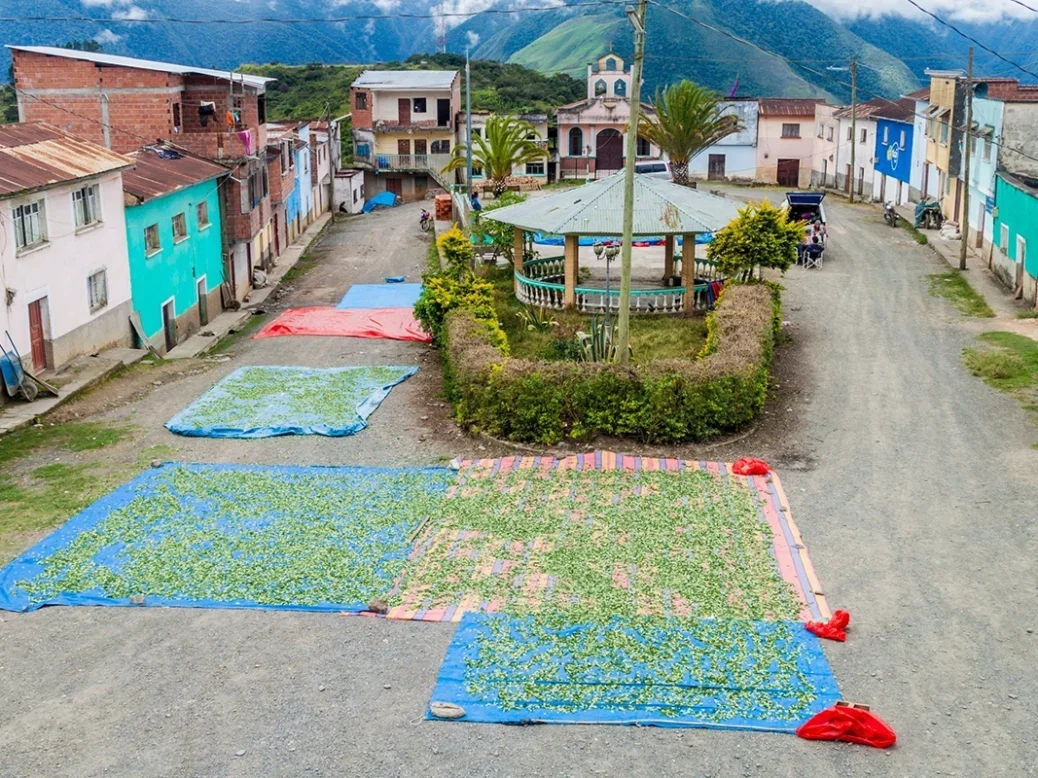
Revivifying infusions of coca leaves in wine were popular and respectable drinks in the 19th century, and none more so than Vin Mariani. But can a sanitized recreation of the eponymous Corsican chemist’s recipe live up to the celebrated original? Stuart Walton reports.
The lucrative worldwide market for energy drinks is nothing new. In its modern form, it could be said to have begun with the well-nigh contemporaneous arrival on European shores in the mid-17th century of coffee, tea, and chocolate. Not only did they make hot drinks a daily norm; they were united by the power of caffeine, still the most globally popular stimulant today.
By the 19th century, however, by which time tea and coffee had long been an unremarkable part of the daily regimen, a fashion for bespoke tonic potions arose. These developed in tandem with the vogue for spa resorts, where the physically jaded and spiritually famished could rejuvenate themselves on spartan diets, supplemented by mineral waters and herbal decoctions. Such establishments would be exquisitely satirized in Jane Austen’s unfinished novel, Sanditon.
In the United States, miracle tonics and reviving elixirs were a staple component of the traveling medicine show. No show was worth the dime if it didn’t feature a bottled product of mysterious composition that could do anything from ironing out wrinkled skin to guaranteeing long life. Dismissed as “snake oil” in the popular parlance, these pseudo-medications were never short of customers. By the time you realised it didn’t work, the wagons would be over the hills and far away.
The most tangible short-term effect tonic drinks could have was the restoration of energy, and here they gained their most convincing traction. Much research was conducted in the 19th century into the revitalising effect of coca, the tropical shrub that had been domesticated across broad regions of South America since pre-Columbian time. Its leaves were chewed to promote endurance and well-being by indigenous peoples, and to assist respiration at high altitudes. A paper published by an Italian neurologist, Paolo Mantegazza, in 1859 began to put scientific flesh on the bare bones of anthropological anecdote, and coca became an ingredient of interest.
The extravagant success of Vin Mariani
Infusions of coca leaves in wine became a favored recipe. Tonic wines had a long history, but alcohol performed the extra service in such products of extracting the active alkaloid—otherwise known as cocaine—from the leaves. No proprietary product in this style was more extravagantly successful than Vin Mariani, formulated in 1863 by a Corsican chemist, Angelo Mariani. It was an infusion of quality-controlled Peruvian coca leaf in red Bordeaux wine, a slightly sweet, distinctly medicinal, but instinctively comforting concoction marketed as an instant pick-me-up, but also for its long-term health benefits.
Mariani was as consummate a salesman as the travelling medicine man, but his promotional techniques were more suited to the dawn of the 20th century and the cauldron of Madison Avenue than the era of the covered wagon. In his most stunning masterstroke, he solicited endorsements from celebrities, politicians, and writers around the known world. The plaudits flowed readily, to be published in 14 volumes. Even in the age of instant likes on social media, these are astonishing in their range and evident sincerity. Jules Verne and Emile Zola drank it. So did President William McKinley. Sarah Bernhardt couldn’t get through long production runs without it. Rudyard Kipling thought it must be “compounded of the shavings of cherubs’ wings.” Queen Victoria, whom scarcely any 19th-century intoxicant bypassed, found it an indispensable boon. Pope Leo XIII carried a hipflask of it with him at all times, “to fortify himself in those moments when prayer was insufficient.”
What they were responding to was not just the caffeine-like energy boost of coca, but the distinct psychoactive elevation of cocaine. It had a modest standard charge of around 6mg per fluid ounce, although, like many drinks producers of the present day, Mariani produced a more potent version for the export markets, at around 7.2mg. It was the direct inspiration for John Pemberton’s 1885 French Wine Coca, a product fated within the year by local alcohol prohibition into reinvention as a temperance beverage, in which guise it was renamed Coca-Cola.
Equipped with a global market, Vin Mariani survived into the early 20th century, eventually falling foul of another kind of prohibition in the United States, in the form of the Harrison Narcotics Tax Act of 1914, the forerunner of international drug control legislation. When Mariani died the same year, his tonic wine disappeared with him, its recipe evidently unrecorded.
A speculative version of it was relaunched, in consultation with the government of Bolivia, in 2014, but it has been returned to a commercial footing by a niche drinks company, Babco Europe of County Dublin, which claims to have been able to reconstruct the formula from contemporary documentation and pharmacological analysis. It contains Peruvian leaves, but—as with Coca-Cola—they have been neutralised by having their alkaloid removed.
Vin Mariani is a deep ruby colour, like Port, with an interestingly medicinal aroma, similar to certain aromatic bitters. On the palate, it has classic tonic flavour, with a little cherry-like fruit, and the dry, papery, finishing bitterness of an aperient like Suze. The alcohol, at 22%, takes it a little nearer the liqueur range than most fortified wine. One can only imaginatively fill in the missing onset of gentle euphoria—and regret its absence.






